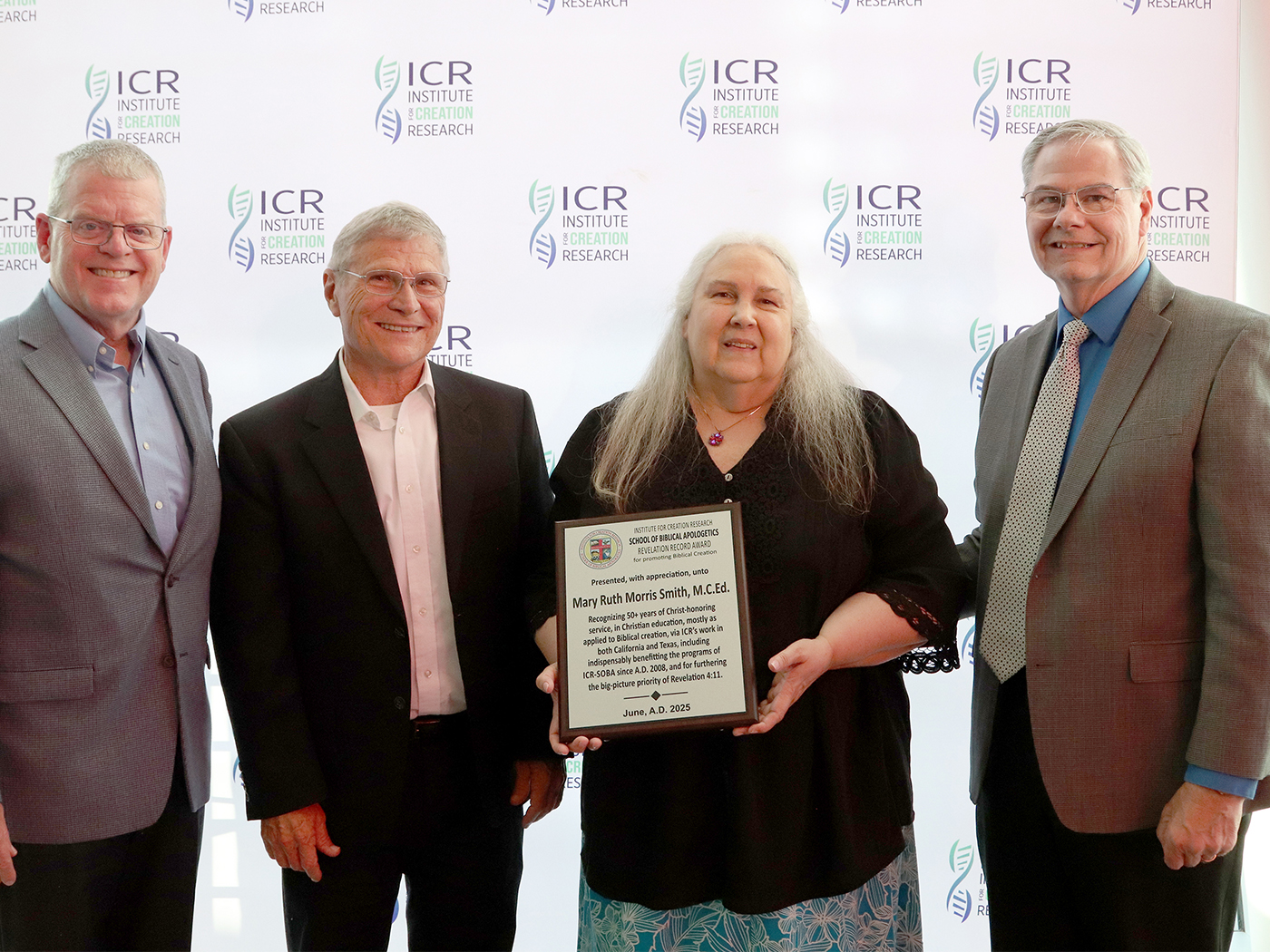Bees can solve complex mathematical problems that would normally keep computers busy for days, according to a new report from UK researchers.1
Through careful observation, University of London scientists have determined that bees routinely solve the "traveling salesman problem," in which a subject must determine the shortest route between multiple destinations in order to conserve energy. But the scientists don't know how the bees do it with a brain the size of a grass seed.
"Bees learn to fly the shortest possible route between flowers even if they discover the flowers in a different order," according to a Royal Holloway, University of London press release.1 Researchers watched as bees encountered "computer controlled artificial flowers" at random, then quickly calculated the shortest route before visiting them all again.
Current computer programs that perform these kinds of calculations operate by totaling the lengths of each possible route and then comparing them to find the shortest one.
There is no way that such tiny brains, using such little energy, could arrive at the right answer so quickly and consistently using the same approach as these computers. So, the researchers speculated that the bees must be using an unknown shortcut algorithm.
Such an algorithm could be a valuable assistance in solving traffic flow problems on roadways and in man-made data networks.
Also crowded into a bee's tiny brain are other shortcut algorithms that enable bees to completely avoid crash landings.2 Research has also discovered advanced capabilities in other insects. For example, ants possess superior traffic flow instincts compared to man-made systems.3 And even slime mold can build more efficient transportation tracks than those devised by Japanese railway engineers.4 All of these algorithms, if they could be discovered or reinvented, have the potential for use in human designs.
Since not even humans with supercomputers could develop these clever algorithms, they must have been purposefully programmed into the insects by an intelligent programmer. Nature by itself could never put together such intricate programs. Even if it could, where would it obtain the power needed to insert them into the exact animals that require them?
Bees, like ants and so many other creatures, clearly look as though they have been expertly designed. Further, it appears that their Designer is vastly more clever than humans, who have trouble understanding, much less duplicating, the abilities of these creatures.
References
- Tiny brained bees solve a complex mathematical problem. Royal Holloway, University of London press release, October 25, 2010, reporting on researcher appearing in Lihoreau, M. L. Chittka, and N. E. Raine. 2010. Travel Optimization by Foraging Bumblebees through Readjustments of Traplines after Discovery of New Feeding Locations. The American Naturalist. 176.
- Thomas, B. Bee Landing Strategy May Lead to Better Aircraft. ICR News. Posted on icr.org January 12, 2010, accessed October 26, 2010.
- Thomas, B. Ant Algorithms Argue Against Evolutionary Origins. ICR News. Posted on icr.org February 17, 2009, accessed October 26, 2010.
- Thomas, B. Slime Networks Are Better Organized than Railway Systems. ICR News. Posted on icr.org January 29, 2010, accessed October 26, 2010.
* Mr. Thomas is Science Writer at the Institute for Creation Research.
Article posted on November 2, 2010.












